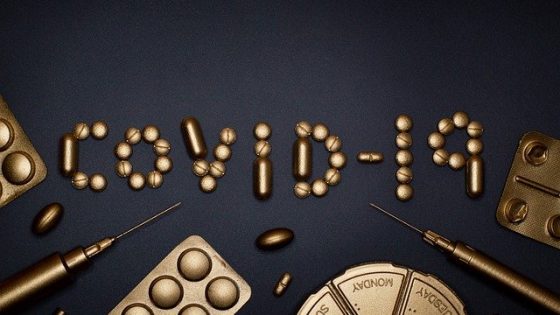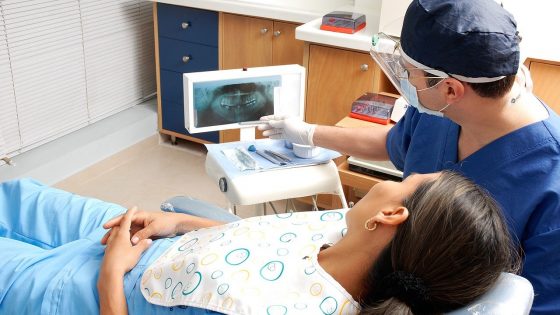A rare, inherited disorder in which blisters form on the skin and the moist inner lining of some organs and body cavities. The blisters usually appear at birth and may occur on certain parts of the body (such as the hands, feet, elbows, and knees) or all over the body (including the mouth and other parts of the digestive tract, the eyes, the genitourinary tract, and the respiratory tract). This can lead to scarring and red, bumpy skin that bleeds easily in the affected areas. Other signs and symptoms include deformities in the fingers, toes, nails, and joints; thinning of the teeth; hair loss; trouble eating and digesting food; slow growth; and poor nutrition. Some infants with junctional epidermolysis bullosa have a severe form of the disease and may die within the first year of life. Other patients have a mild form and may have a normal life span. Some people with this disorder have an increased risk of developing squamous cell skin cancer at an early age. Junctional epidermolysis bullosa is caused by mutations (changes) in the COL17A1, ITGA6, ITGB4, LAMA3, LAMB3, or LAMC2 gene.
Search the Glossary of Medical Terms
Sign up for the QuackTrack.org newsletter below!













